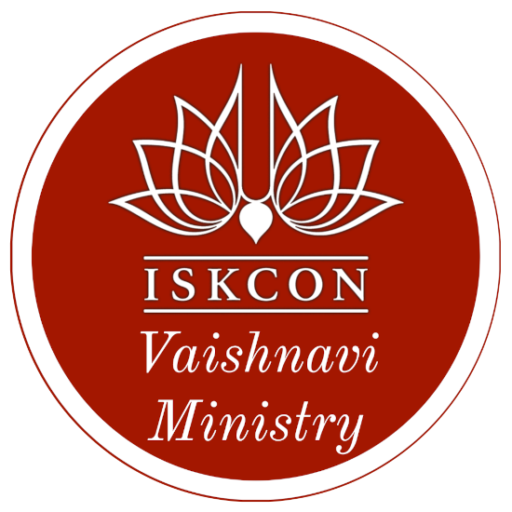by Kim Knott
The small number of articles written about women in ISKCON before the mid-1980s appeared in publications intended for a wide audience, especially Back to Godhead. Not wishing to expose internal problems to public view, they asserted not only the spiritual equality at the heart of the movement’s philosophy but also the equality of opportunity for women within it. It was not until later in the decade that a greater openness about the reality of women’s situation came about. But this was not without cost. In a lecture delivered at the first conference of the ISKCON Women’s Ministry in 1997, Pranada Dasi looked back on her endeavors some ten years previously to share her concerns with the GBC (in a letter that was then published in the Vaishnava Journal): “That letter sealed my fate, as I stood alone for my Godsisters, as a black sheep of my family. I was told I was a demon destroying Prabhupada’s movement, and I received the most controversial label: Pranada is a women’s libber. Labels are just labels, but they have the ability to discount human beings and create social rejection. . . . And what was my great sin to receive such rejection? I suggested women should give Bhagavatam classes and were authorized to do so by Srila Prabhupada.”
Female and male devotees gradually began to acknowledge publicly the degree of damage that had been done through the failure to tackle women’s second-class status. The newsletter Priti-Laksanam, an uncensored channel of communication in which women’s issues could be aired, was established. A conference was organized by ISKCON Communications in Europe in 1992 on the issue of women, at which women and men spoke. In 1994 the Governing Body Commissioner for Germany, Harikesha Swami, declared that discrimination against women must stop in his area, and instituted a new regime of equality for women in temple life. Then, in 1996, an American woman devotee (Sudharma Dasi) attained guest status on the GBC where, with the help of sympathetic members, she was able to form the ISKCON Women’s Ministry. The new ministry held its first international conference in Los Angeles in December 1997.
Sudharma Dasi was joined on the GBC by Malati Dasi in 1998. Their presence, together with the active work of the women’s ministry, led to the issue of women in ISKCON being given a serious hearing at the annual Healing the Heart of ISKCON GBC meeting in Mayapur in 2000. The presentations by senior women devotees called for an apology for the mistakes of the past, recognition of the importance of women for the health of the movement, and the reinstatement of women’s participatory rights. These were accepted, and resolutions were passed with the purpose of prioritizing the provision of “equal facilities, full encouragement, and genuine care and protection for the women members of ISKCON.”
Presenting these positive steps in this way may give the impression that they were attained systematically without a struggle. In fact, there was much opposition to change. The most organized campaign took the form of an electronic conference (GHQ) started in 1998 with the intention of gathering support to contest the demands of reformers and those involved in the women’s ministry. Using military images, contributors saw their purpose as the organization of “a counteroffensive against the feminists who are a plague in our movement.”
An early contribution to the e-mail conference was more specific, listing the following objectives: no women in leadership positions, no women allowed to give classes or lead kirtana, the termination of the women’s ministry (and the removal of its concerns to the Grihastha ministry), the banning of “feminist philosophy,” and the censorship of ISKCON media for “feminist” contributions. The conference continued to generate short contributions and longer articles (e.g. “Women’s Rights . . . and Wrongs,” “ISKCON Law: What About Husbands?,” “Critical Analysis of ‘Women in ISKCON’”) in response to reforms and initiatives by women.
Opponents of progress for women focused their attention on challenging the claims made by senior Vaishnavis. Against the examples of Prabhupada’s inclusion of women they set counterexamples, citing his statements about the inferiority of women’s intelligence, their untrustworthiness and weakness. Drawing on the call for participation rights and substantive rights for women in the movement, they cited Prabhupada’s negative responses to secular, liberal calls for equal rights for women. They rejected statements made by women devotees who distanced themselves from secular feminism. Attempting to offer a positive suggestion in addition to counterclaims, they called for the formal reestablishment of the “Vedic” notion of womanhood, thus repudiating the commonly cited principle at the heart of calls for reform for women, of “time, place, and circumstance.”

